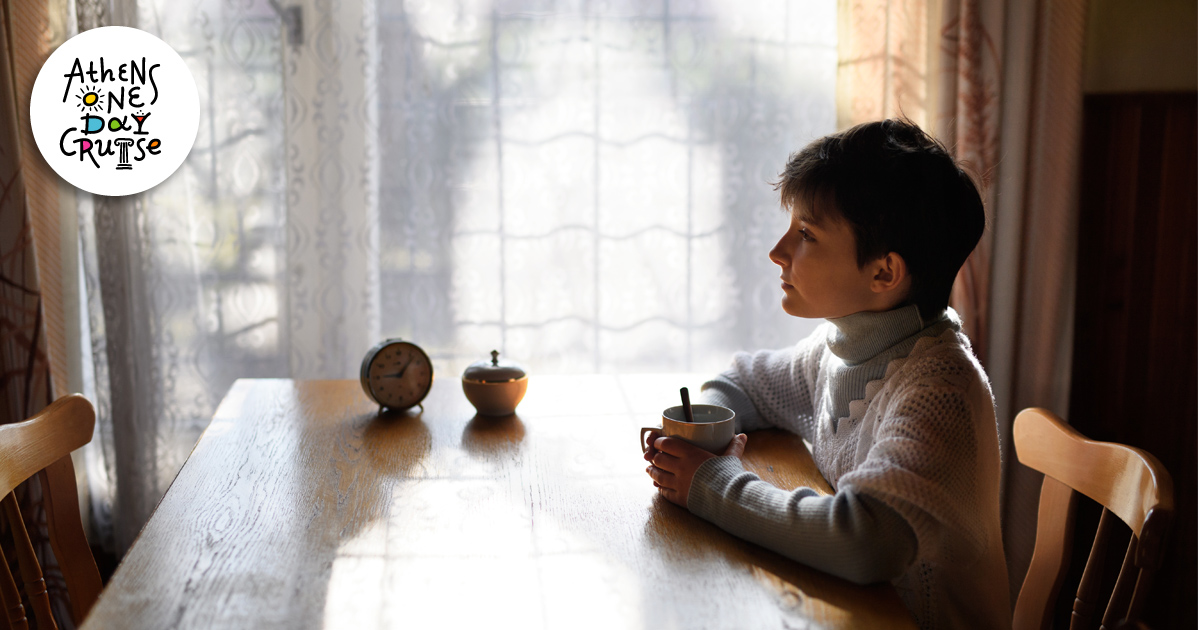
The Kapodistrian Orphanage
One of the most famous buildings in Aegina is the Kapodistrian Orphanage, which was later used to house the prisons of Aegina. It began to be built a few months after the arrival of Ioannis Kapodistrias in Aegina in order to protect the orphans.
The beginning
The Orphanage, built according to the European standards of the time, is located near the bay of Perivola. It was ready in June 1829 and started its operation, initially hosting 500 children as early as March of the same year. It had twelve rooms each of which could accommodate thirty children, a church and a hospital. As a building it is imposing, it is surrounded by an inner closed courtyard and has massive walls that rise imposingly.
Careful building materials were used, as well as stones from the ancient theater and the ancient walls of Aegina. Viaros Kapodistrias, brother of Ioannis Kapodistrias, was initially appointed president of the foundation, and then Andreas Moustoxydis, a Corfiot scholar. It was the first Greek public building built by order of the governor and was one of the most important social projects of the time.
The Orphanage incorporated mutual schools, carpentry, blacksmithing and printing workshops, the Public National Library, the National Archaeological Museum, the Military School of Guards, the National Printing Office and the National Conservatory. The Model School had also joined the Orphanage of Aegina, from which teachers graduated for mutual education. Then, in the same year, the Central School was founded, from where those who would pursue higher studies graduated.
The end
Although from the outside it all seemed to work perfectly, the problems did not take long to appear. This is due to the strict climate that prevailed in the Orphanage, leading the students to revolt. Their behavior was characterized as abusive by the locals and the policeman, who together with A. Moustoxydis passed the bad news to I. Kapodistrias, as a result of which he interrupted the teaching program of the Orphanage in frustration.
After the murder of I. Kapodistrias, Andreas Moustoxydis resigned. The Orphanage went downhill until it stopped operating and was transformed from time to time into a barracks, disinfection center, insane asylum, a hostel for Cretan refugees and finally into prisons, which is why it is today known as the Prisons of Aegina.
Tags: Orphanage, Ioanni Kapodistrias, Aegina

